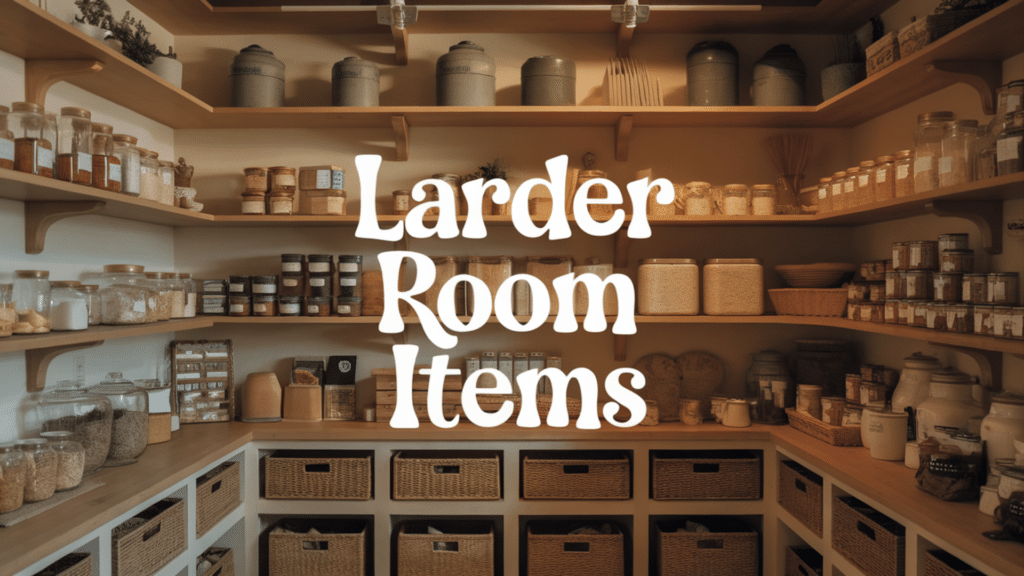A larder room is a special space in your home dedicated to storing food supplies and kitchen staples. Unlike a regular pantry, a larder is often designed with temperature control in mind for longer-term storage.
Having a well-stocked larder makes your life in the kitchen much easier. When ingredients are organized and ready, cooking becomes less stressful.
Meal planning gets simpler when you can see what you have on hand. And during emergencies or bad weather, you’ll be prepared with essential supplies.
In this guide, I’ll walk through everything you need to create and maintain a perfect larder. I’ll share tips for organizing your space efficiently. And I’ll explain how to maintain your larder system for years to come.
Understanding Your Larder Space
Before setting up your storage area, take a moment to assess the space. Regardless it’s a small cabinet or a full walk-in pantry, the setup should match your needs.
Aim for a cool, dry environment to keep items fresh. Shelves make it easier to see and access what you have. Clear containers or baskets help group similar items, while labels keep everything organized and reduce waste.
Start with a clean, empty space, and build your system from there.
Essential Items for Larder Rooms
You don’t need to buy everything at once. Start small and build a collection of staples that fit the way you cook and eat. Let’s see the basics that most larder rooms should have:
1. Flour
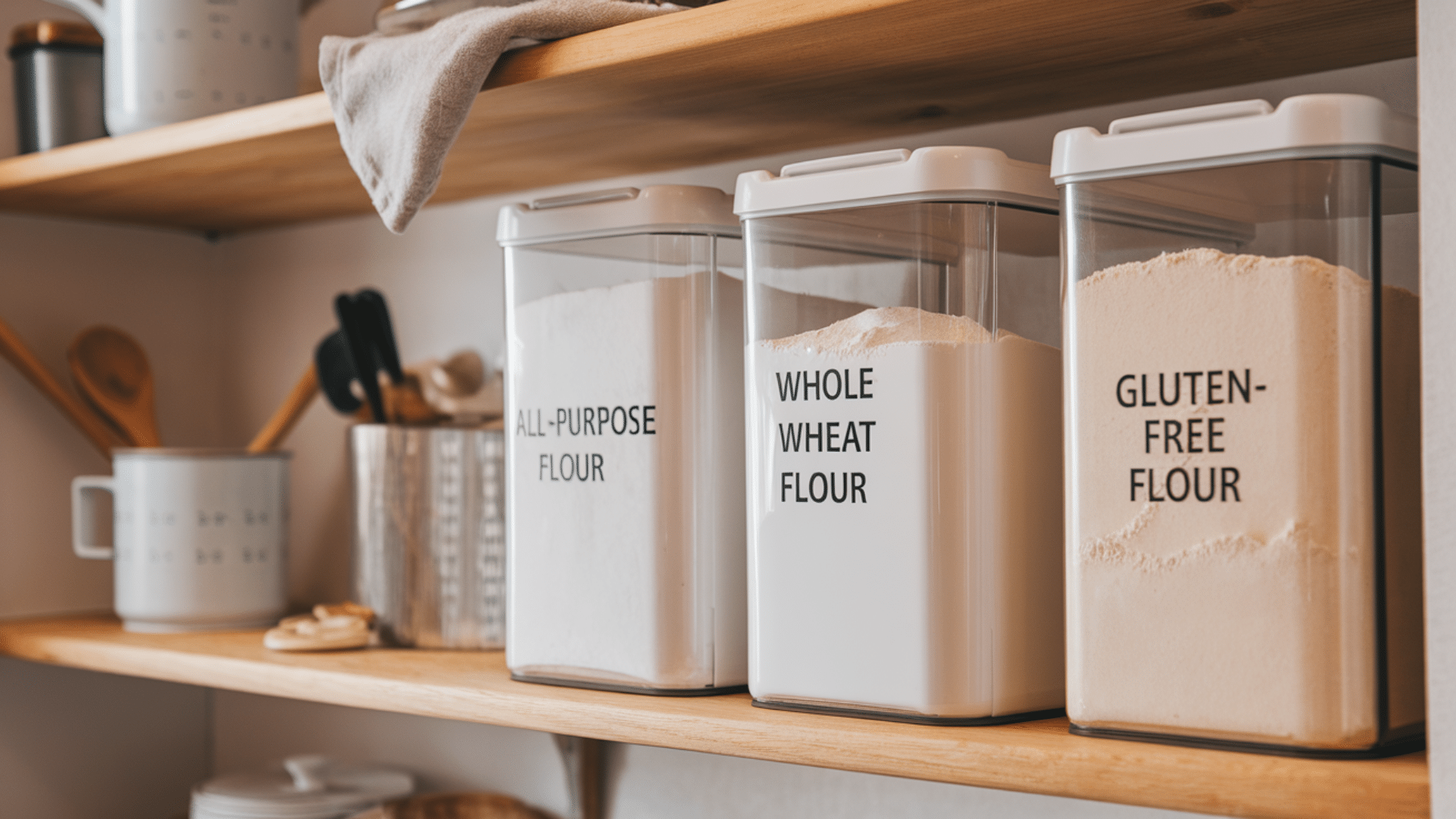
All-purpose flour is great for everyday cooking and baking. It works well in most recipes. Whole wheat flour adds a hearty texture. It also provides extra nutrition.
Gluten-free options are useful if someone in your home has dietary needs. Keep them on hand for flexibility.
Store all types of flour in airtight containers. This keeps them fresh and dry. Metal or sturdy plastic containers with tight lids work best. They help block out moisture and pests.
Keep the containers in a cool, dry place. Check them occasionally for clumps or small bugs. Most flours stay fresh for 6 to 8 months when stored properly. Label each container with the type and date for easy tracking.
2. Rice
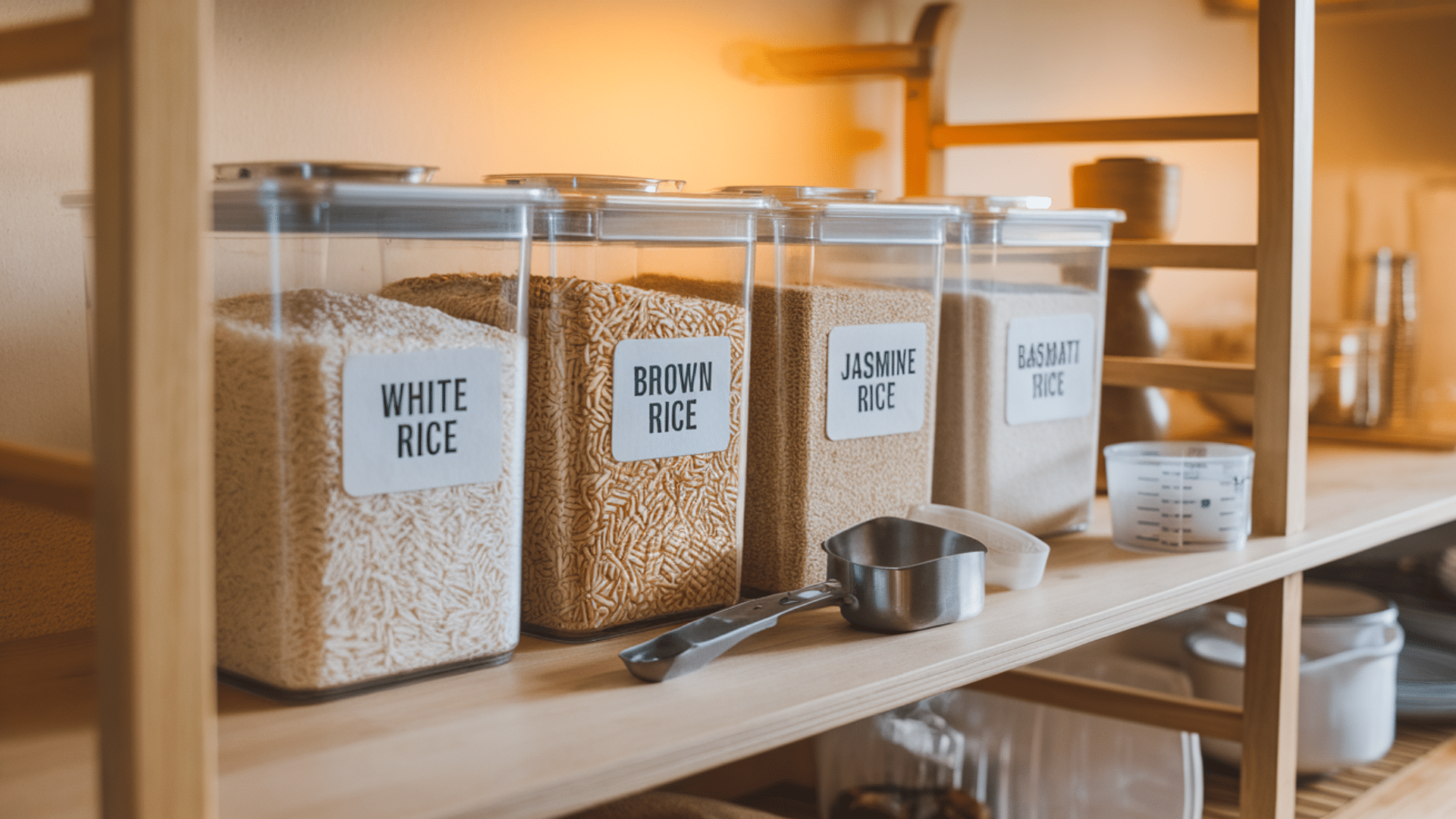
White rice is ideal for long-term storage. It can last for several years when kept in the right conditions.
Brown rice is more nutritious. But it has natural oils that can spoil faster. Use brown rice within a few months for best quality. Store it in a cool, dry place to extend its life.
Jasmine rice is perfect for Asian-inspired meals. Basmati rice goes well with Indian and Middle Eastern dishes. Keep all rice in airtight containers. This protects it from moisture and pests.
Label each container with the type and date. Check them occasionally to make sure the rice stays fresh.
3. Pasta
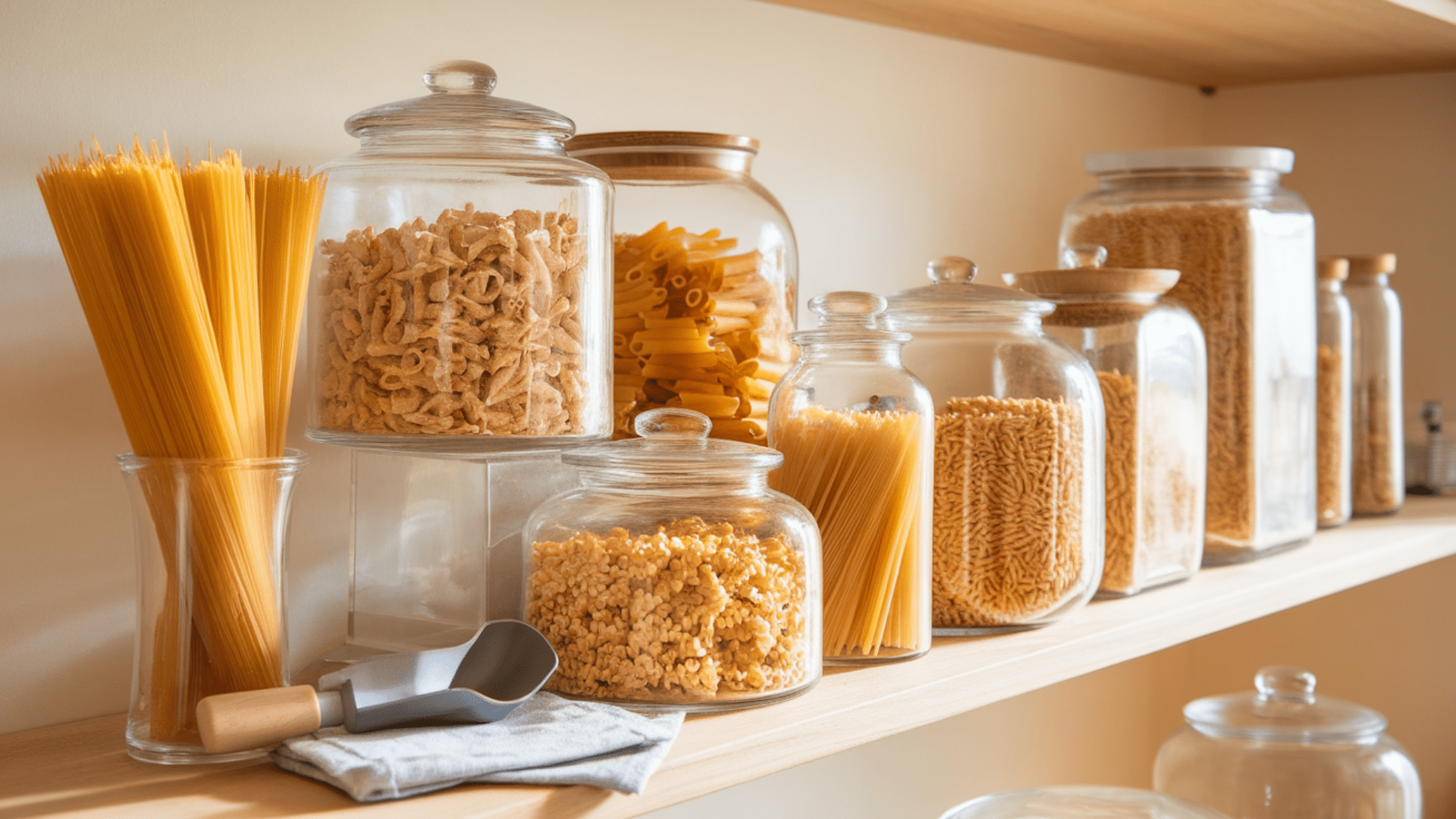
Keep a variety of dried pasta shapes on hand. Different types work best for different meals.
Long pasta like spaghetti pairs well with light, smooth sauces. Tube shapes like penne are better for thick or chunky sauces.
Small pasta like orzo is great for soups. Having a mix gives you more cooking options. You can store pasta in its original packaging. Or move it to clear jars to see how much you have left.
Keep all pasta in a cool, dry place. Most dried pasta stays fresh for 1 to 2 years when stored properly.
4. Oats
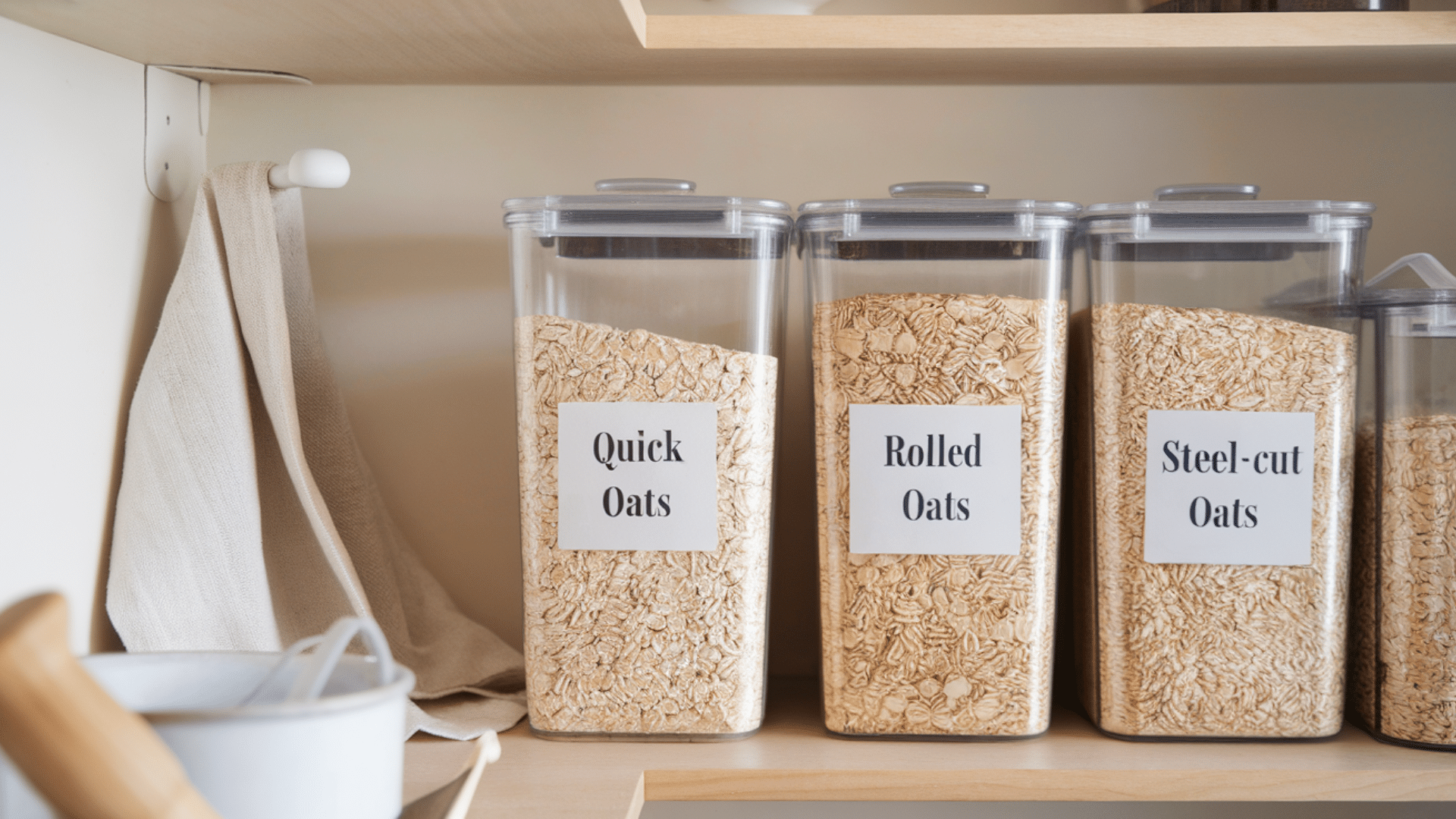
Oats come in different types, each with its own texture and cooking time. Quick oats cook the fastest but have a softer texture.
Rolled oats take a little longer to cook. They’re a good all-purpose option for most recipes. Steel-cut oats have the most texture. But they need more time on the stove.
Oats are great for breakfast porridge. You can also use them in baking or savory meals.
Store oats in airtight containers. This keeps them fresh and safe from moisture. When stored in a cool, dry place, most oats stay good for about a year.
5. Canned Tomatoes
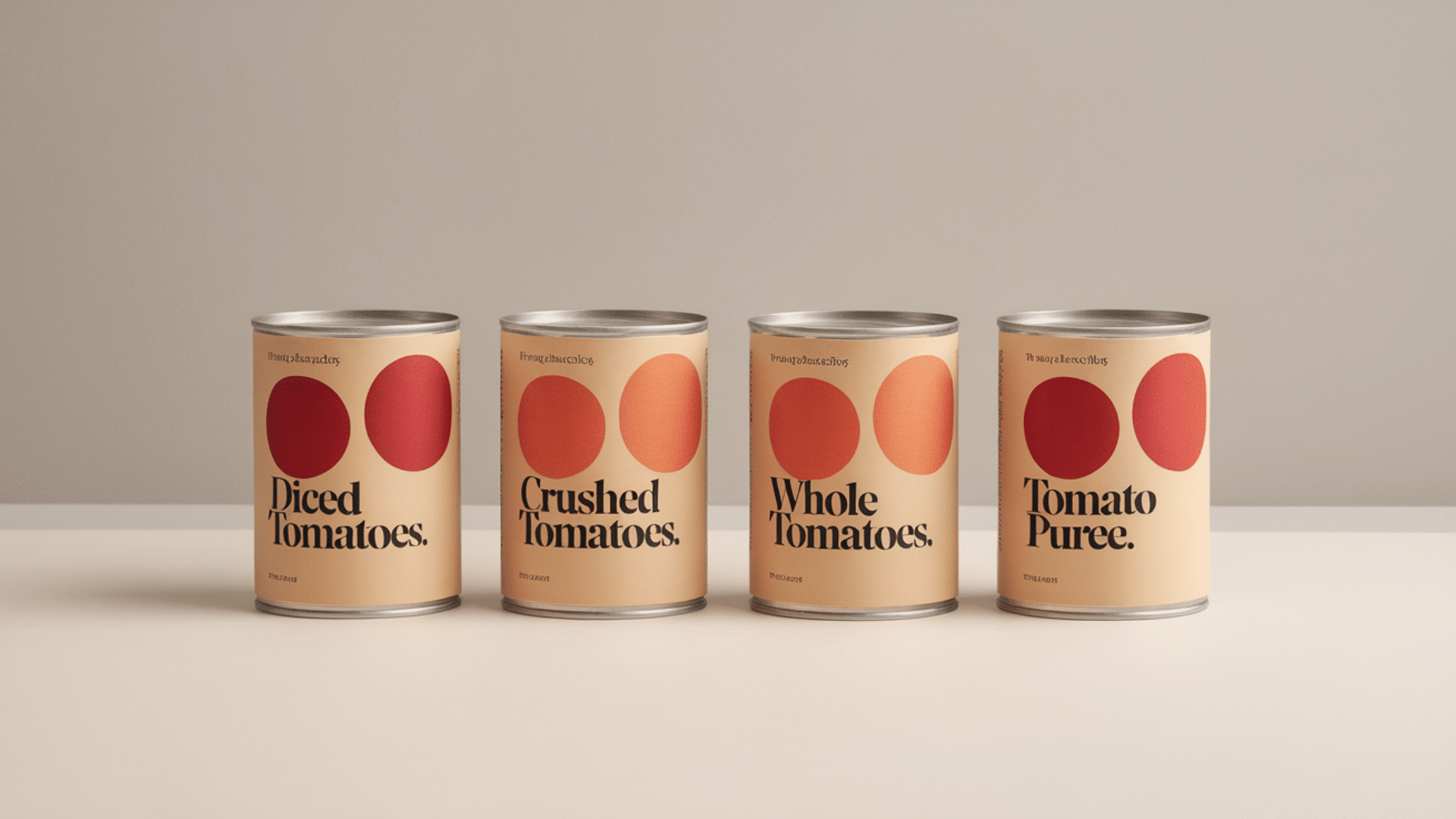
Canned tomatoes are a pantry staple. They’re used in soups, sauces, and many other dishes. Diced tomatoes are great for recipes that need texture. Crushed tomatoes blend smoothly into sauces.
Whole tomatoes offer the most flexibility. You can break them up during cooking as needed. Canned tomatoes save time compared to using fresh ones. They’re convenient and easy to store.
Look for varieties with no added salt or sugar as this gives you more control over flavor. Store canned goods in a cool, dry place. Most stay fresh for 1 to 2 years or even longer.
6. Canned Beans
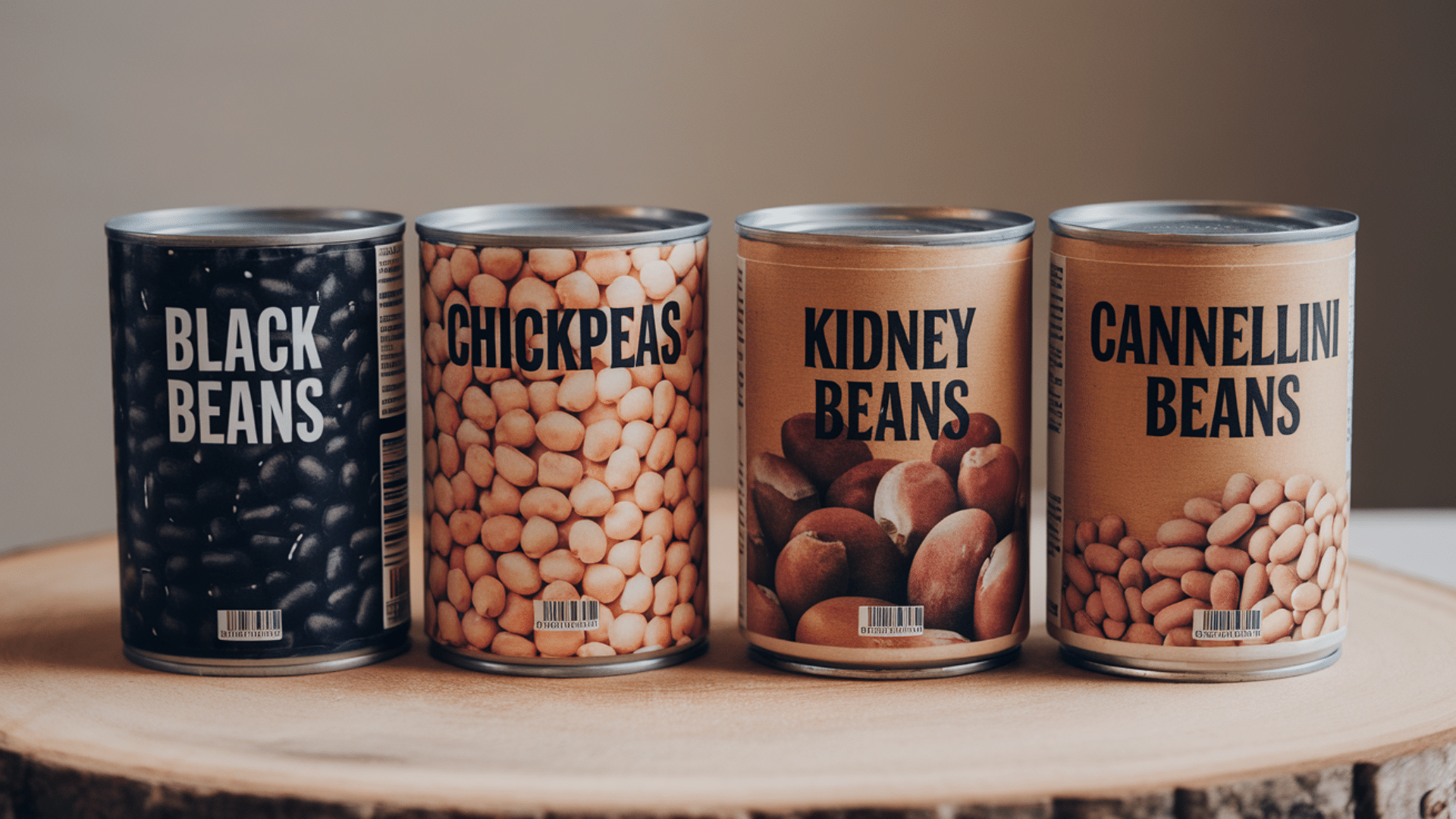
Canned beans are a great source of protein. They don’t need refrigeration and are easy to use. Black beans are ideal for Mexican and Southwestern meals. Chickpeas work well in hummus and other Mediterranean dishes.
Kidney beans are hearty. They’re great in chili and stews. Canned beans save time compared to dried ones. You don’t need to soak or cook them for hours.
Rinse them before using to lower the sodium content. This also improves taste and texture. Keep canned beans in a cool, dry place. Unopened, they usually last between 2 and 5 years.
7. Vegetables and Fruits
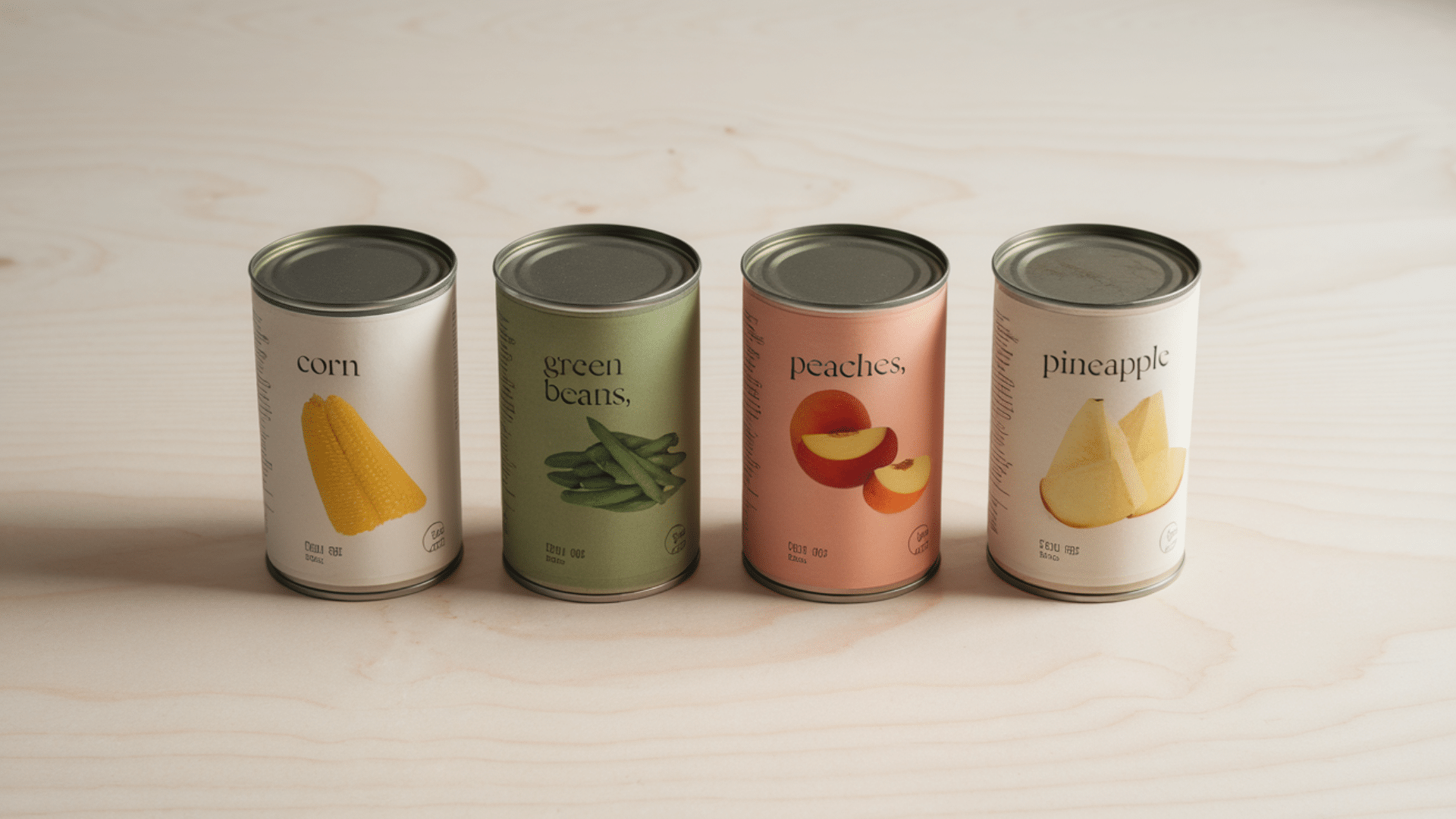
Canned vegetables are convenient and easy to store. Choose options with no added salt when you can. Corn, green beans, and peas are all versatile. They work in a variety of dishes.
Canned pumpkin is useful too. It can be used in both sweet and savory recipes.
For canned fruits, pick ones packed in juice instead of syrup. This keeps sugar levels lower. Peaches, pears, and pineapple can be used in desserts or main meals.
Always check cans before storing. Avoid any that are dented or bulging, as they may not be safe to eat.
8. Olive Oil
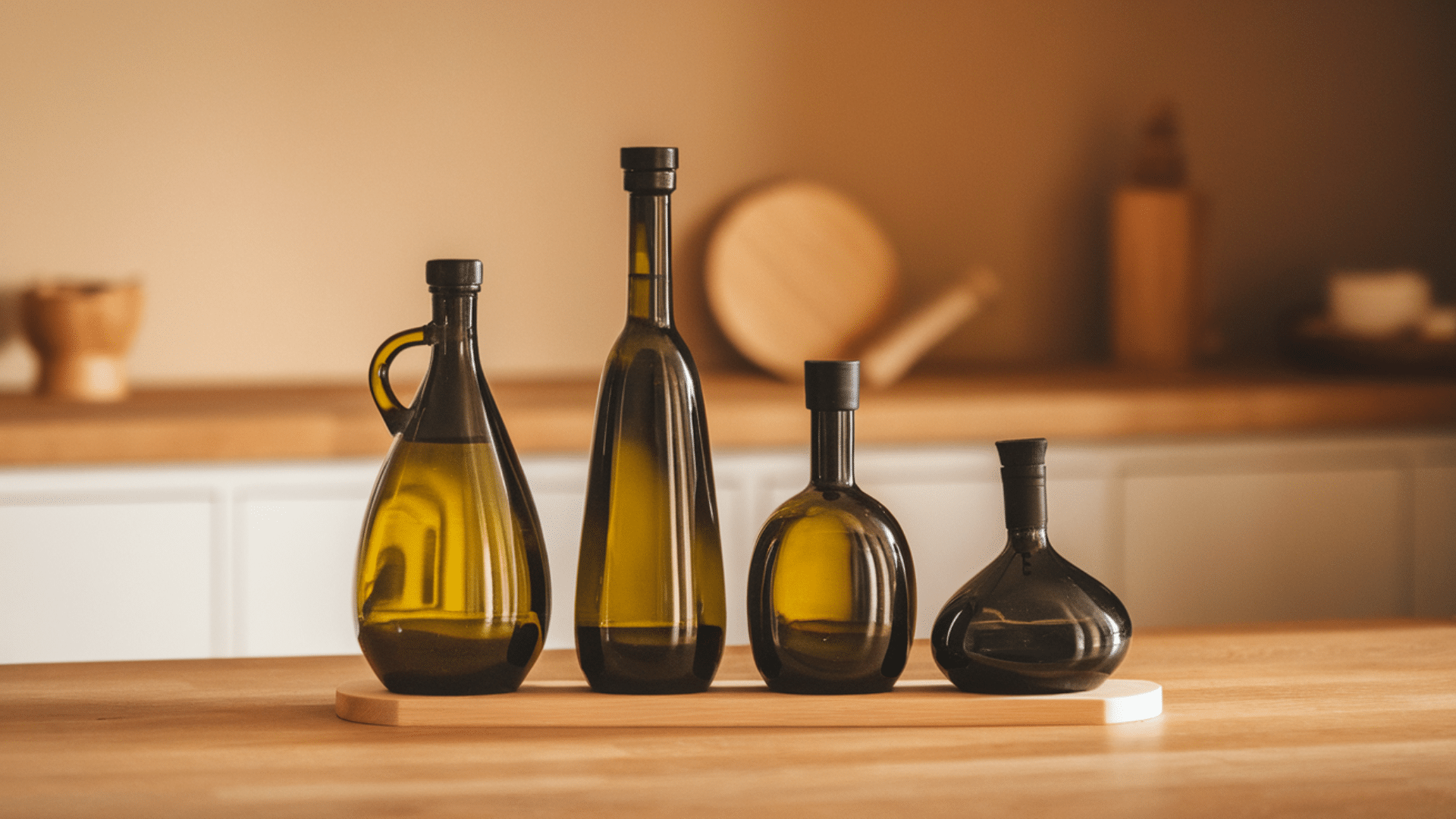
Olive oil is a kitchen essential. It’s great for both cooking and finishing dishes. Extra virgin olive oil has the richest flavor. It works best in salad dressings or drizzled over finished meals.
Store your oil in a cool, dark place. Heat and light can make it spoil faster. A dark bottle offers extra protection. It helps block light and keeps the oil fresh longer.
Once opened, olive oil usually stays good for about a year. Always close the bottle tightly after use. This helps maintain its quality and flavor over time.
9. Vegetable Oil
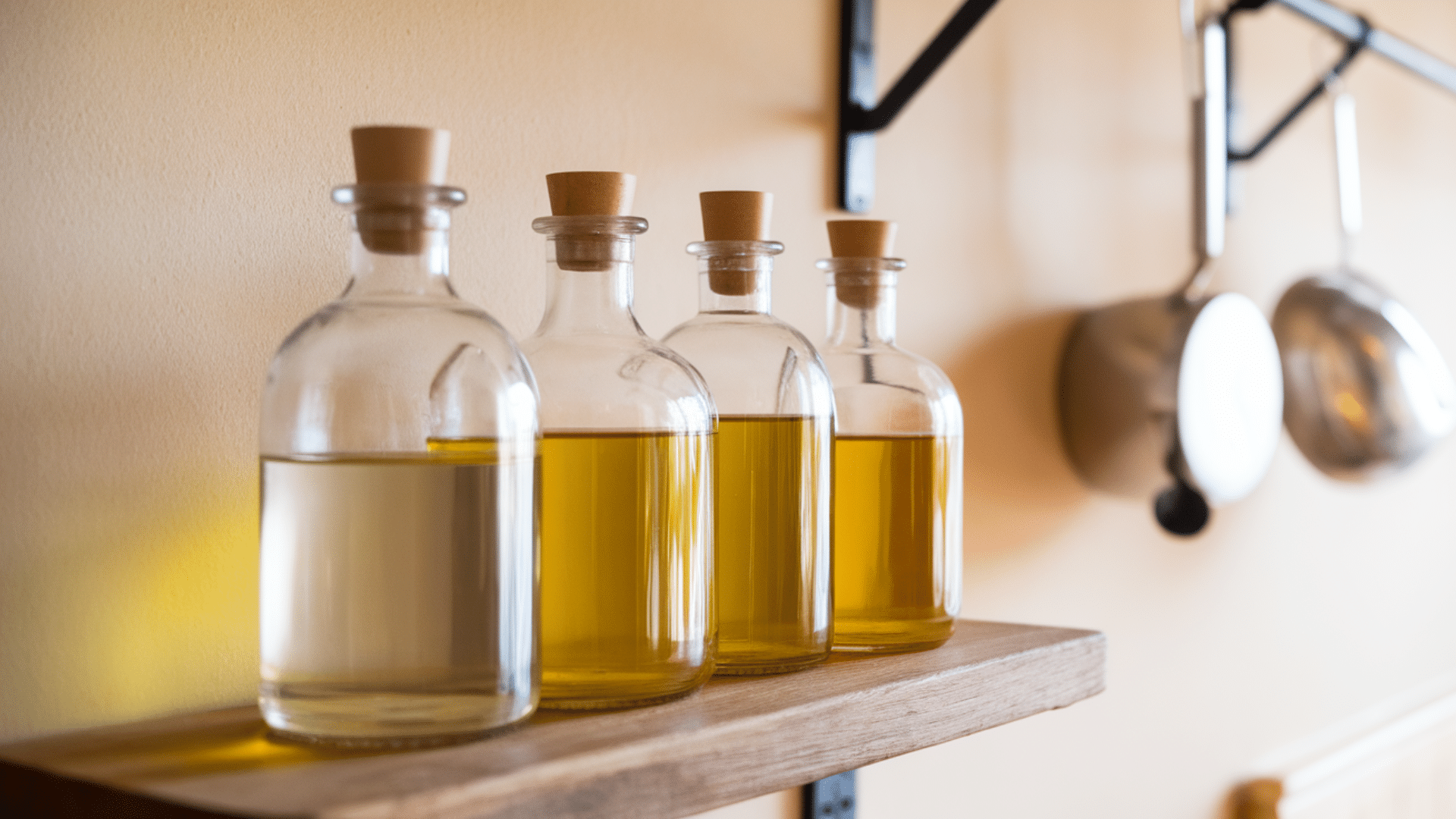
Neutral oils like canola and vegetable oil are very versatile. They’re ideal for frying due to their high smoke point. These oils also work well in baking. They don’t add any strong flavors, which makes them a good all-purpose choice.
Store oils in a cool, dark place. Heat and light can shorten their shelf life.
Keep the cap tightly closed. This helps prevent air from breaking down the oil.
When stored properly, most vegetable oils last 1 to 2 years. Always check for changes in smell or color before using, as that may signal spoilage.
10. Vinegar
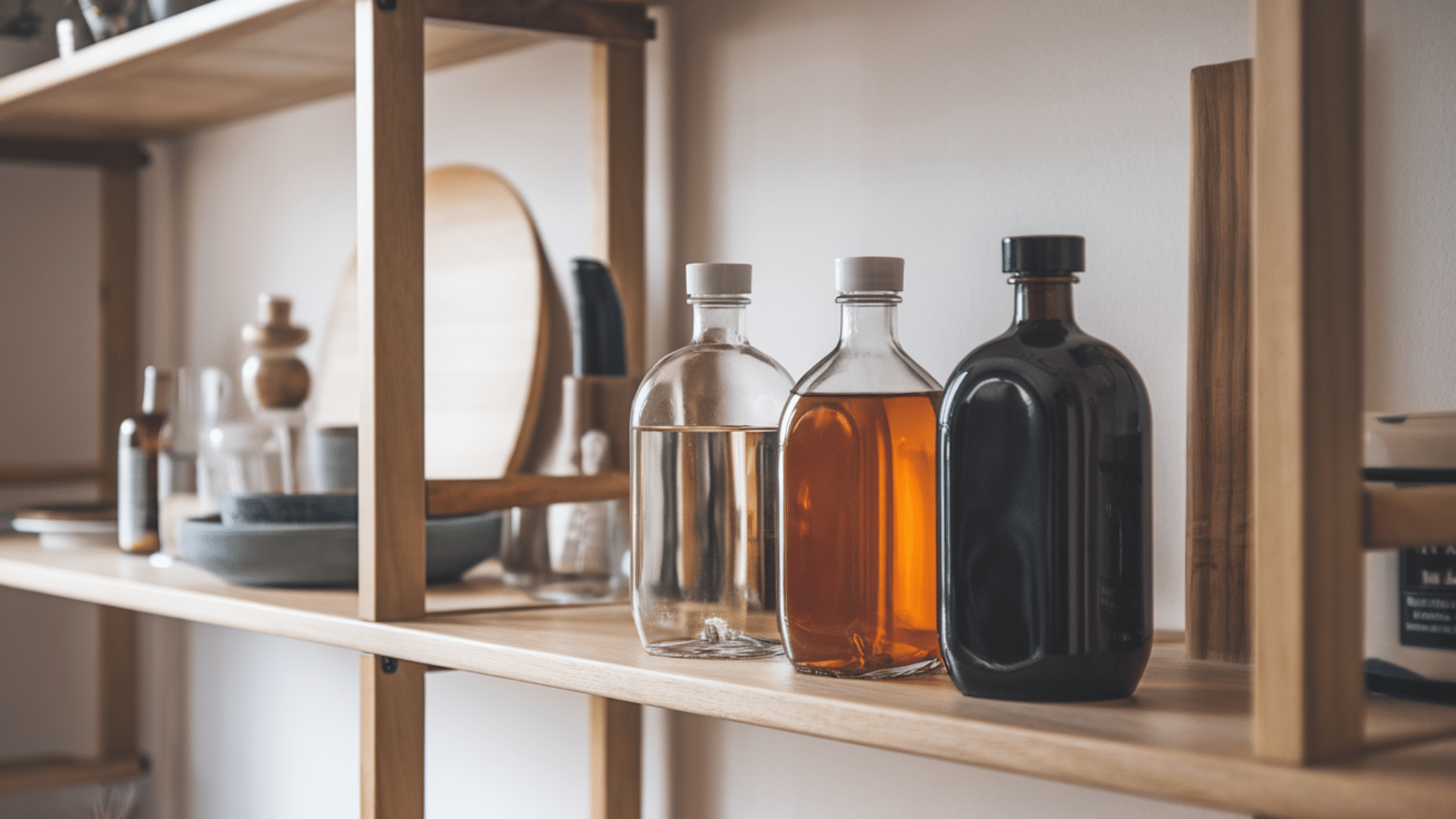
Vinegar is a versatile pantry staple. White vinegar works well for cooking and cleaning. It’s great for pickling, tenderizing, or disinfecting surfaces.
Apple cider vinegar adds a sharp, fruity flavor. It’s ideal for salad dressings, marinades, and sauces. Balsamic vinegar is sweet and rich. It’s perfect for finishing dishes or adding depth to salads and roasted vegetables.
Vinegar lasts almost indefinitely due to its acidity. It resists spoilage naturally.
Store it in its original bottle with the cap tightly sealed. Keep it in a cool, dark place away from heat. When stored properly, it stays fresh for years.
11. Soy Sauce
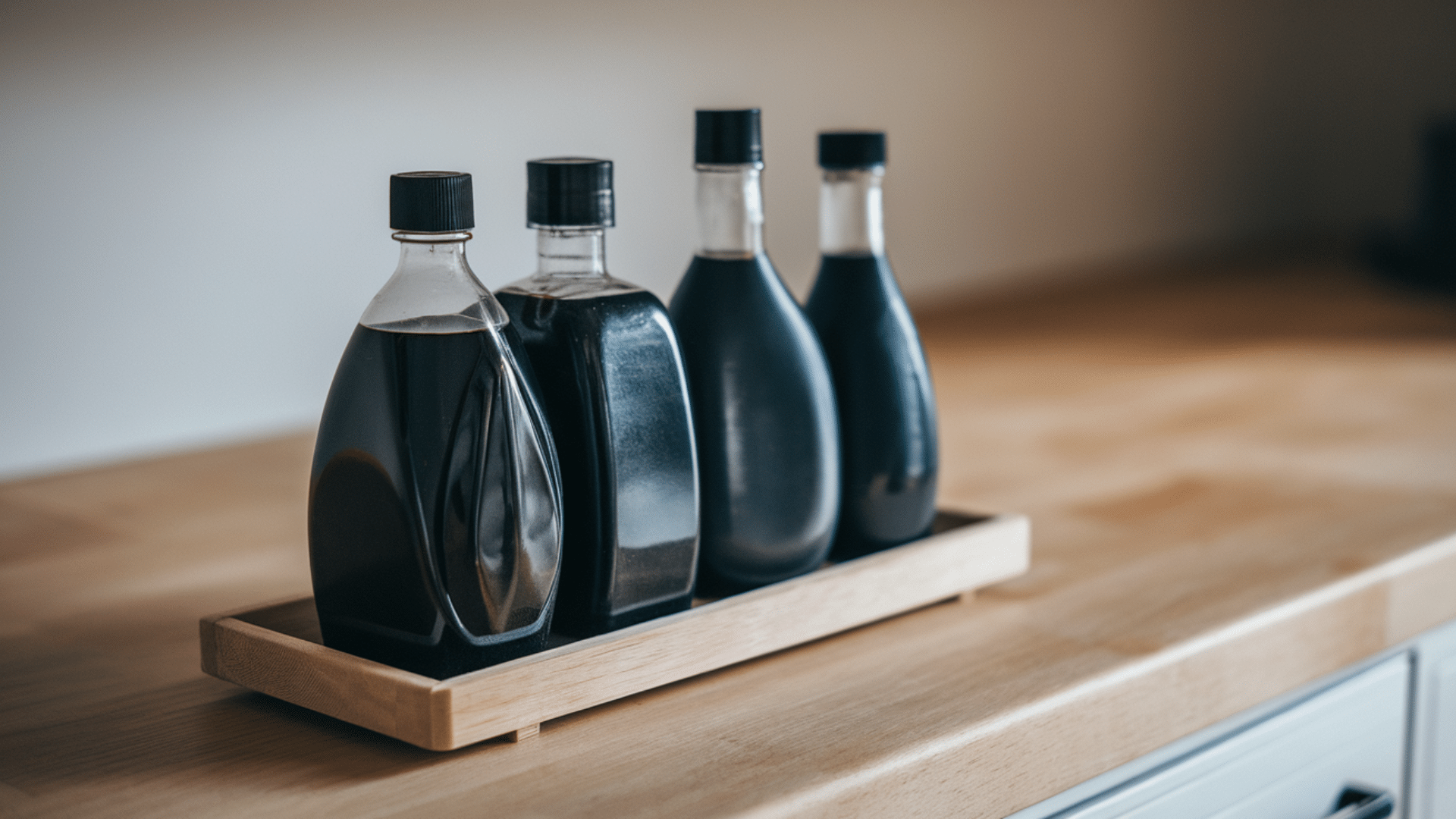
Soy sauce is a flavorful and versatile ingredient. It adds depth to many dishes, not just Asian recipes.
A small splash can boost the taste of soups, stews, and marinades. Its rich, savory flavor blends well with both meat and vegetable dishes.
If you’re watching your salt intake, look for low-sodium options. They offer the same flavor with less salt.
Once opened, soy sauce should be stored in the refrigerator. This helps preserve its taste and quality over time.
When kept cold and sealed tightly, it can last for many months without losing flavor or going bad.
12. Salt and Pepper
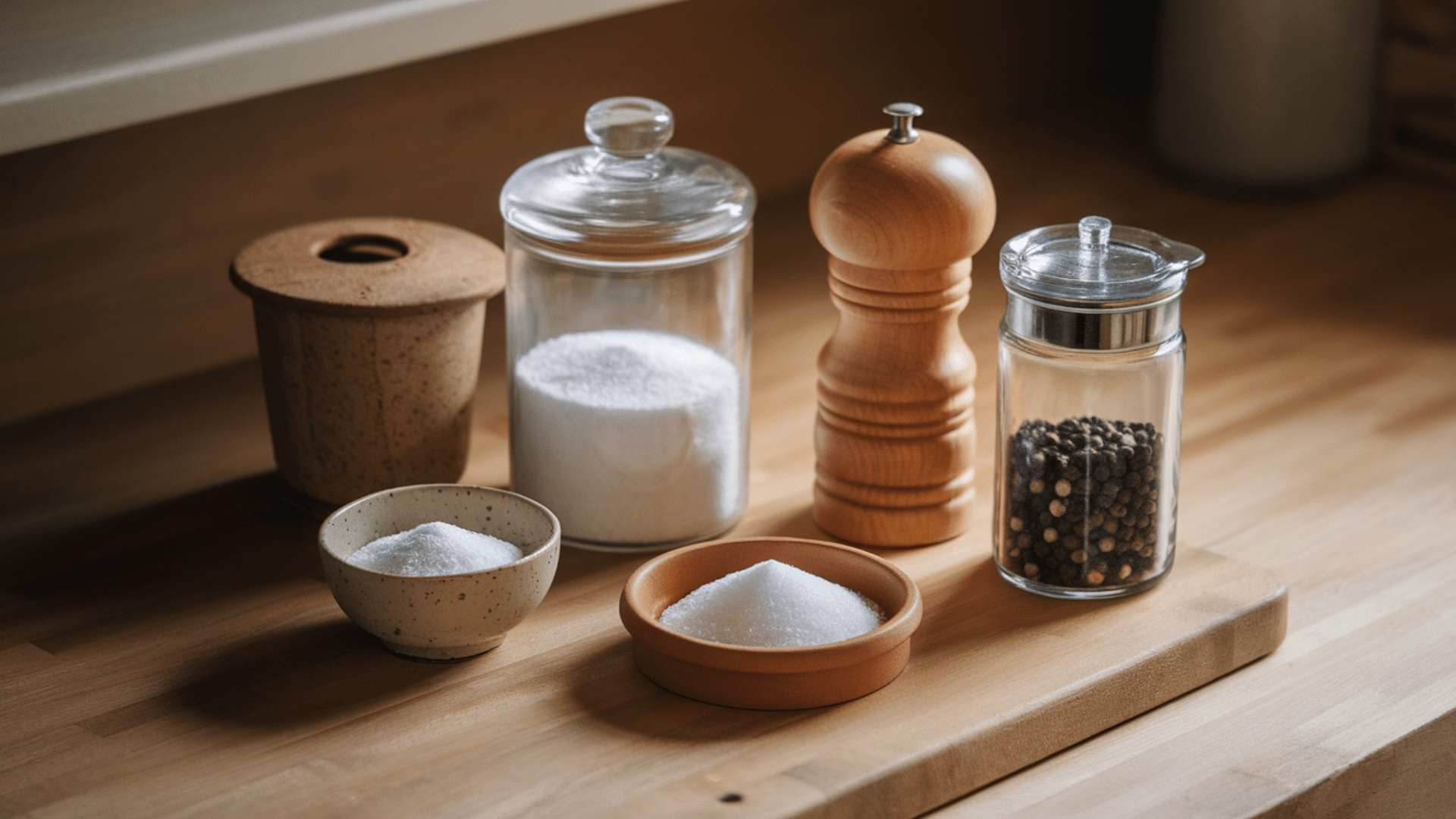
Table salt is great for everyday cooking. It dissolves quickly and works in most recipes. Kosher salt is a popular choice for cooking. Its larger crystals are easier to control and measure by hand.
Sea salt is often used as a finishing touch. It adds texture and a more complex flavor to special dishes.
For pepper, it’s helpful to keep both ground pepper and whole peppercorns. Using a grinder gives you fresher, stronger flavor.
Salt doesn’t expire, so it lasts indefinitely. Pepper, however, loses its strength over time. For the best taste, replace it every year or so.
13. Sugar and Honey
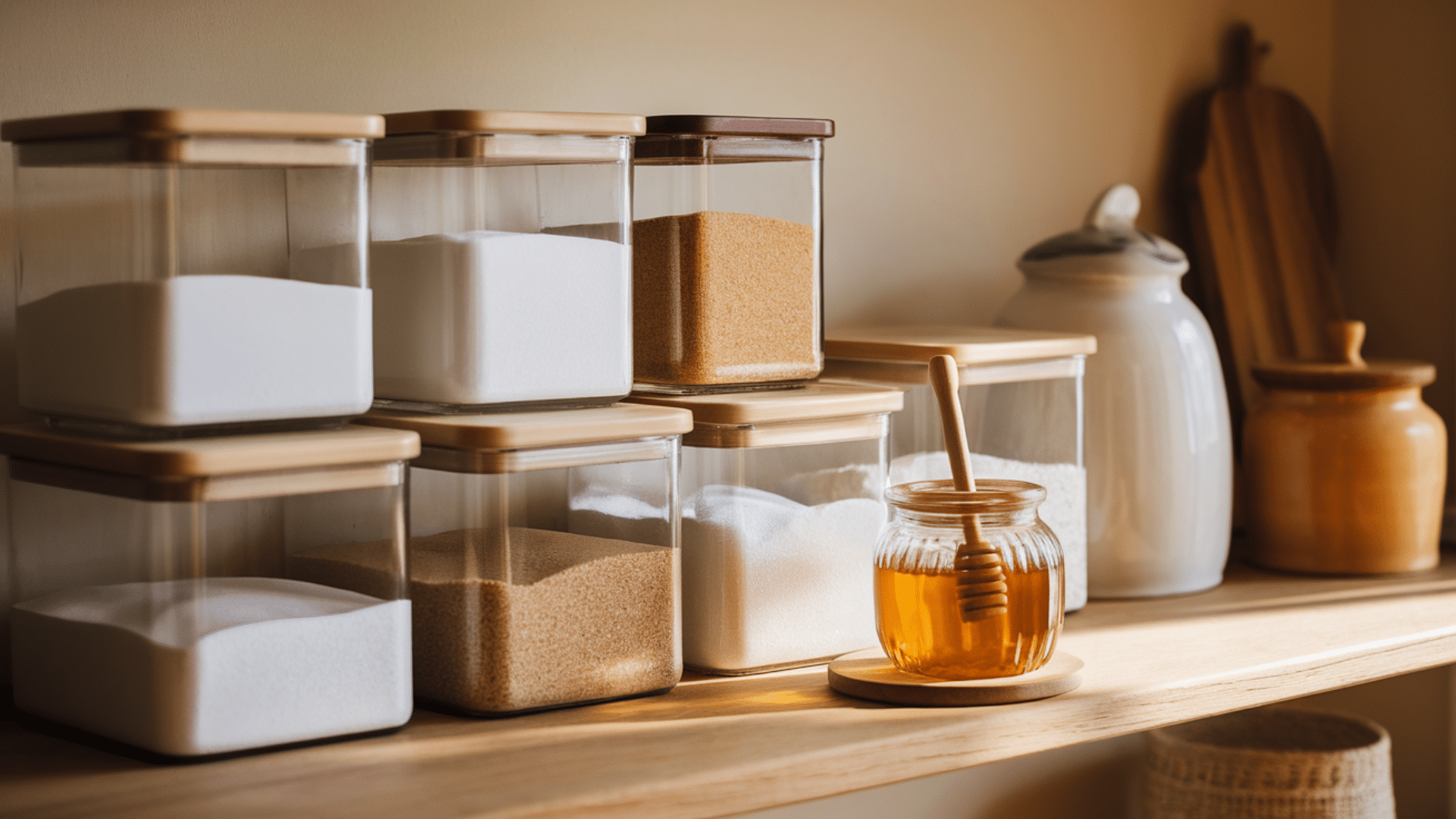
White sugar is a staple in cooking and baking. It’s versatile and blends easily into most recipes. Brown sugar has a richer flavor. It adds moisture and subtle caramel notes to baked goods.
Raw sugar is less processed. It has a coarser texture and contains trace minerals.
Honey is a natural sweetener that lasts indefinitely. It may crystallize over time, but gentle warming will return it to liquid form.
To keep sugar fresh, store it in airtight containers. This prevents clumping and hardening. Proper storage helps maintain texture and makes it easier to use when you need it.
14. Dried Herbs and Spices
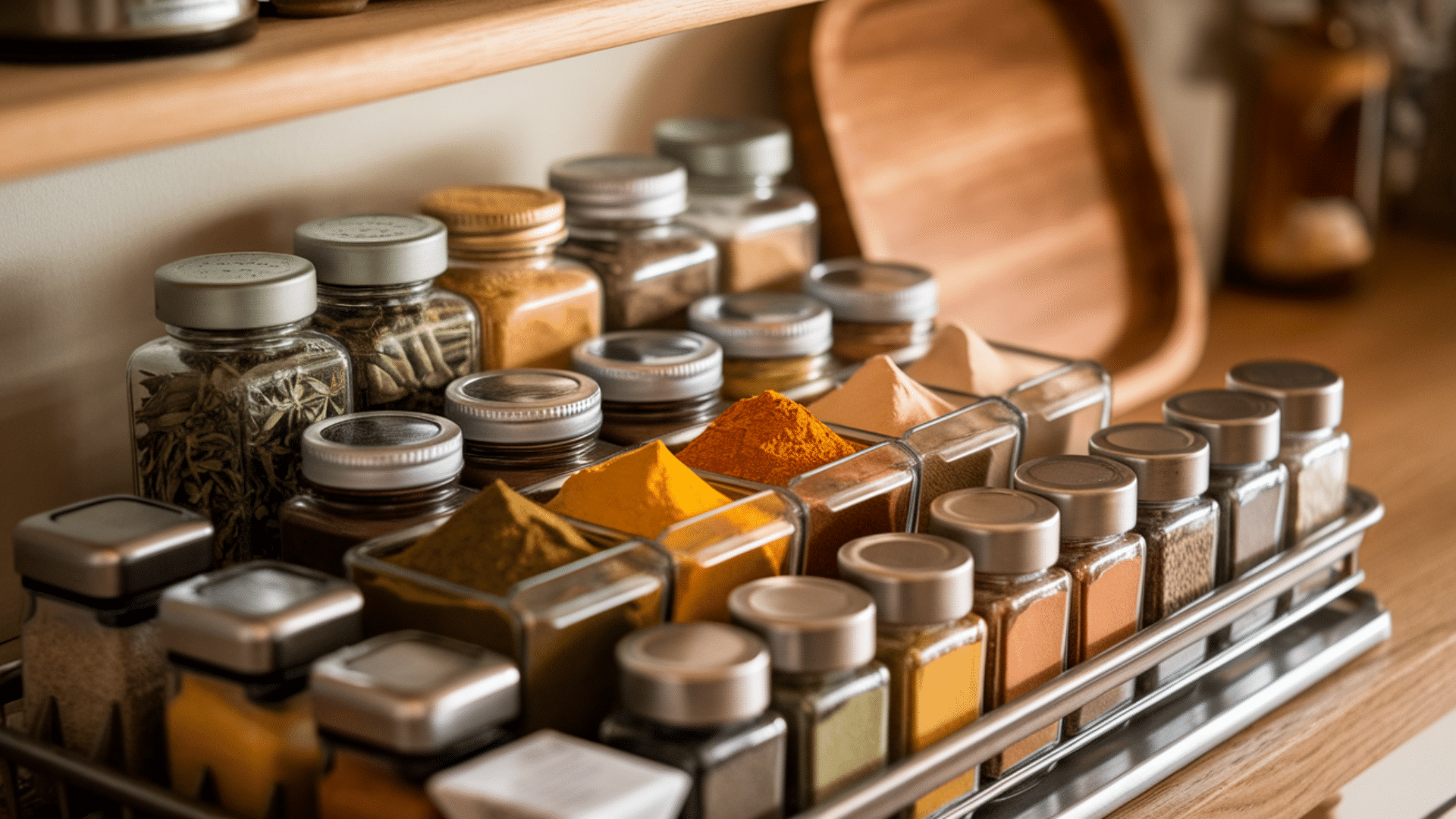
Start your spice collection with simple staples. Oregano, basil, and cinnamon are great for many dishes. Buy spices in small amounts. They lose strength over time, even if stored well.
Add more based on what you like to cook. Rosemary and thyme are common in Italian recipes. Cumin and turmeric are essential for Indian cooking.
Most dried herbs and spices stay fresh for about 6 to 12 months. After that, they may still be safe but will have less flavor.
Store them in a cool, dark place. Keep lids tightly closed to help them last longer.
15. Crackers or Rice Cakes
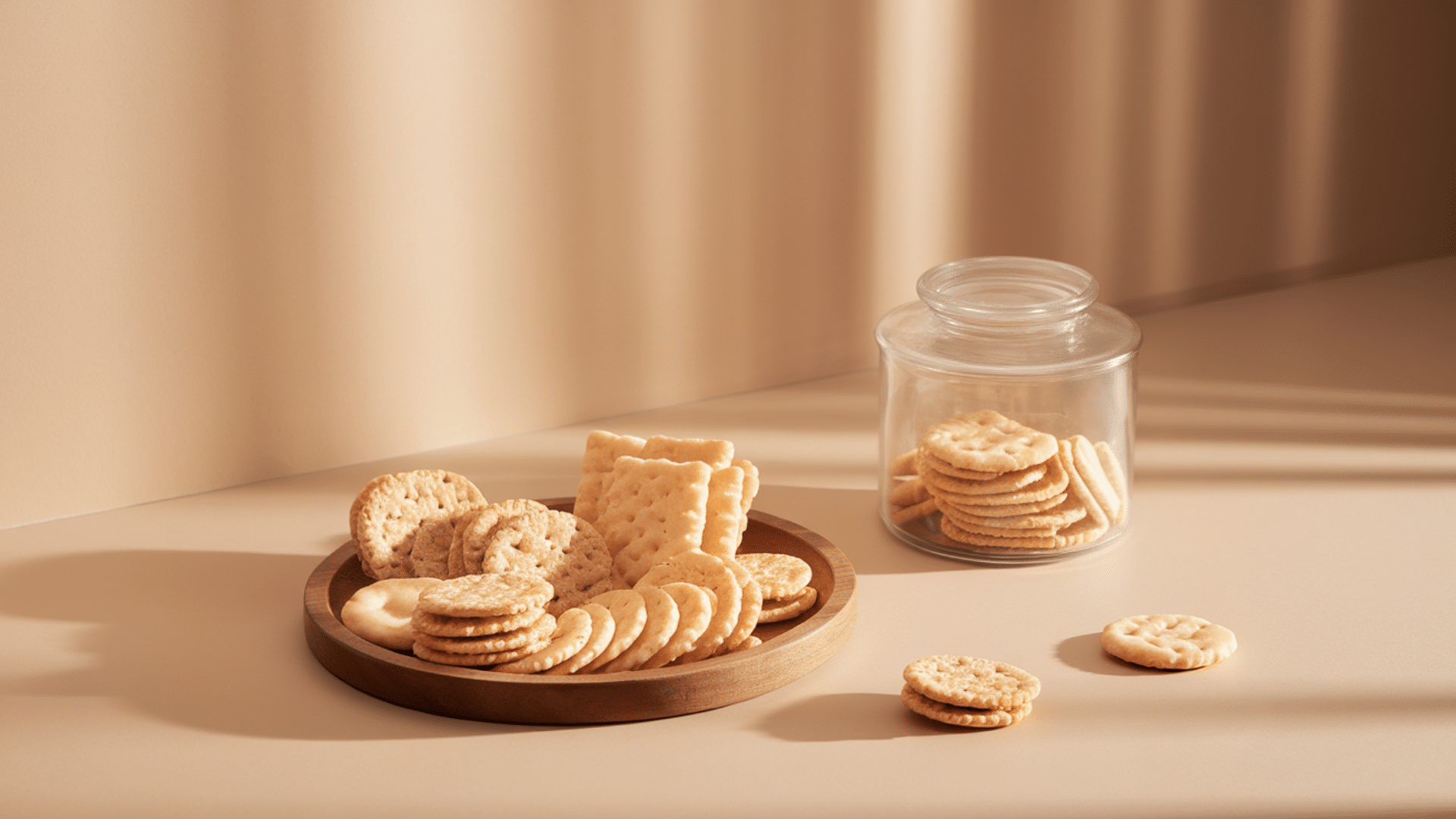
Keep basic crackers or rice cakes in your pantry. They’re quick and easy snacks, especially with cheese, nut butter, or other spreads.
Crackers also make great sides. You can serve them with soups, stews, or even salads. Once opened, transfer them to an airtight container. This helps keep them fresh and crisp for longer.
Most crackers stay good for about 3 to 6 months. Proper storage can help extend their shelf life. Always check for staleness before eating. If they’ve lost their crunch or taste off, it’s best to replace them.
16. Nuts and Dried Fruits
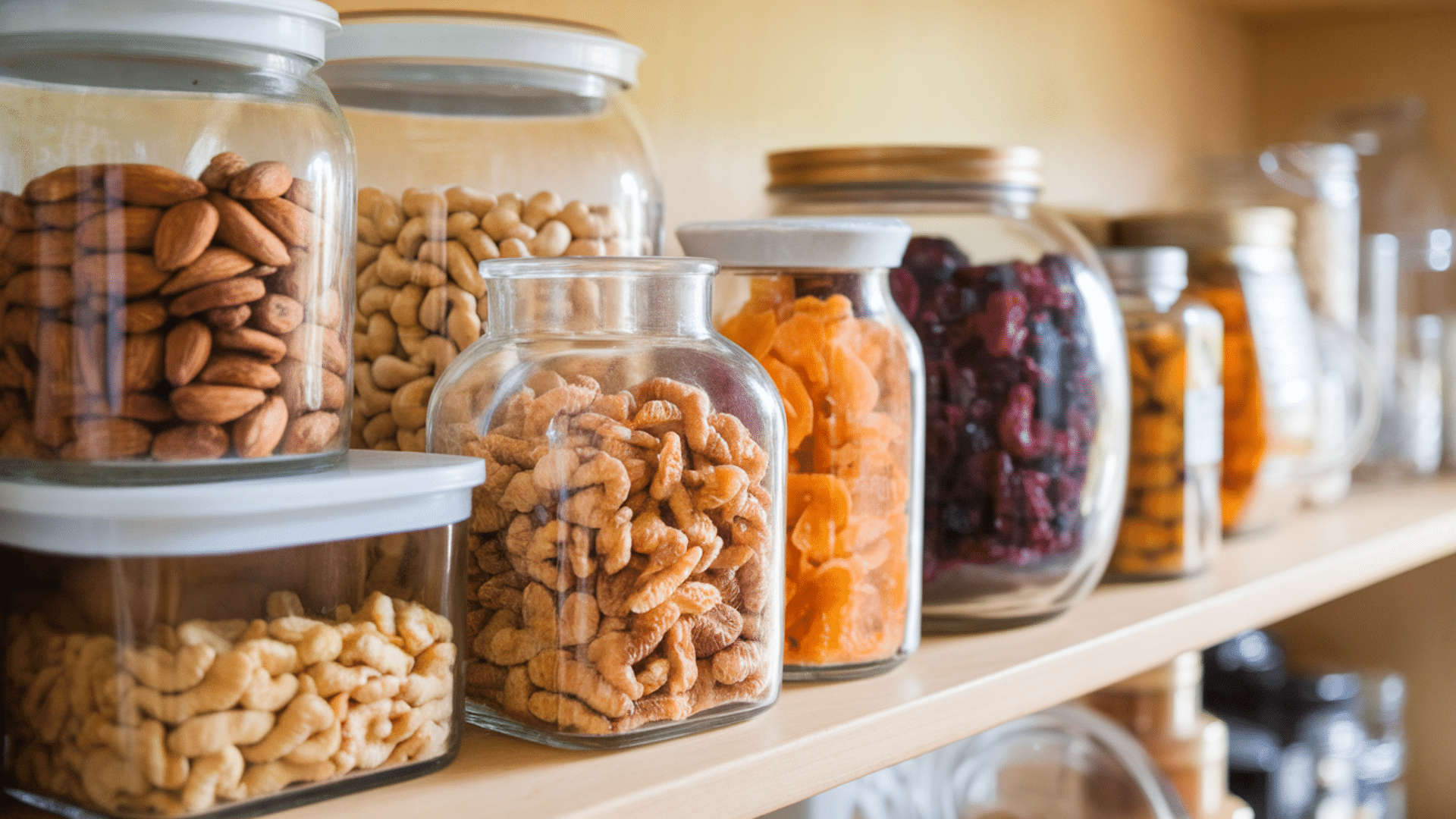
Nuts like almonds, walnuts, and cashews are great pantry staples. They provide protein and healthy fats. You can use them in both sweet and savory dishes. They also make easy, satisfying snacks on their own.
Dried fruits like raisins, cranberries, and apricots add natural sweetness. They work well in oatmeal, baked goods, and grain-based meals.
To keep them fresh, store nuts and dried fruits in sealed containers. This helps protect them from moisture and air. For longer shelf life, store nuts in the freezer. This prevents them from going rancid and keeps their flavor intact.
17. Instant Meals or Soups
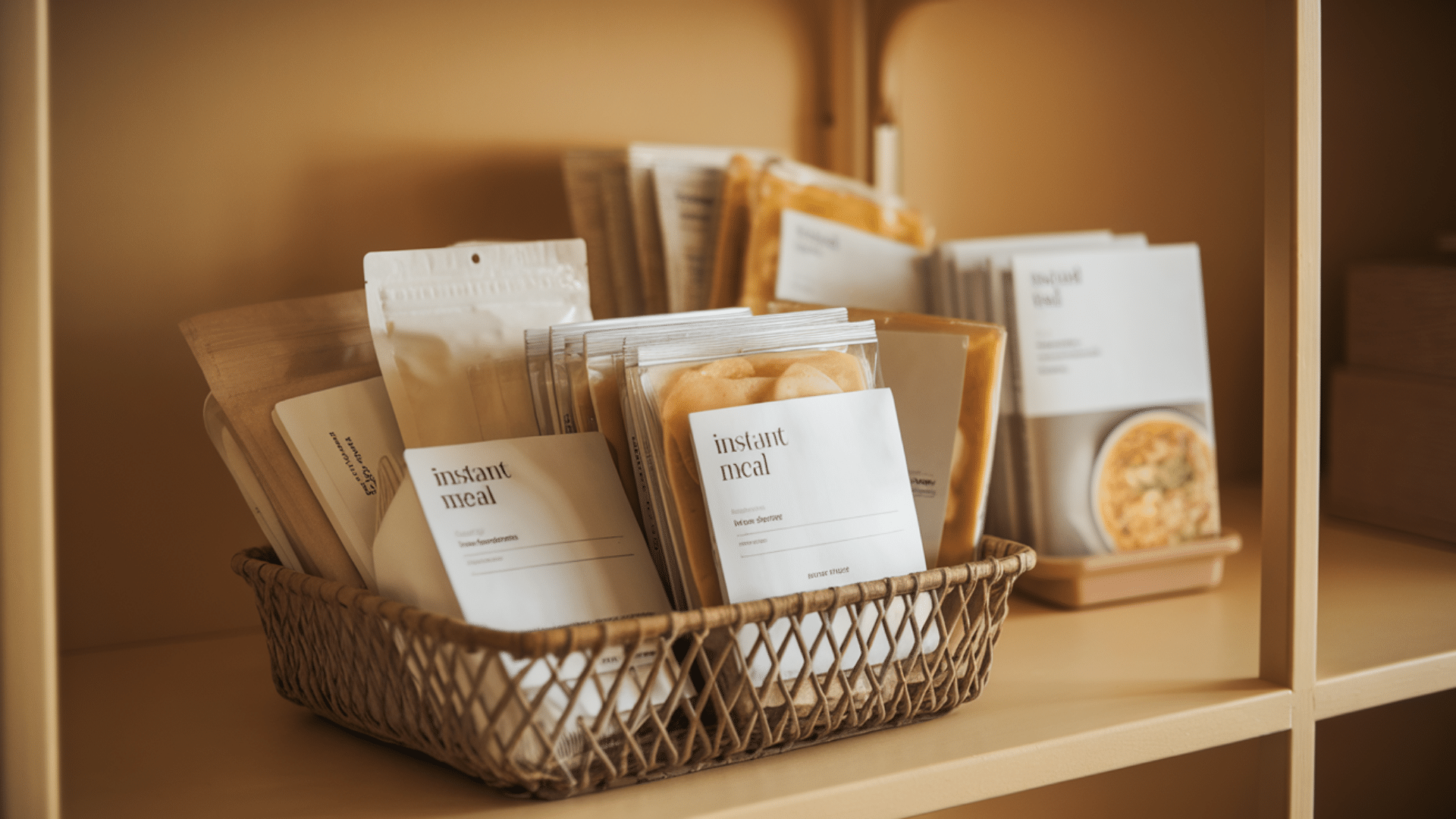
It’s helpful to keep a few quick meal options on hand. Items like dried soup mixes, instant noodles, or boxed meals can save time on busy days.
Choose versions with lower sodium and more whole ingredients. They may not be your go-to meals, but they’re useful in a pinch.
These options are great when you’re low on time or energy. They require little prep and cook quickly.
Most have long shelf lives, often lasting 1 to 2 years or more. Store them in a cool, dry place so they’re ready when you need them.
Tips for Maintaining a Well-Stocked Larder
To keep your storage area efficient, use a simple “first in, first out” system. Place newer items behind older ones so the oldest get used first. This helps prevent waste and keeps things fresh.
Label everything with contents and dates, especially if items are out of their original packaging. It helps track how long they’ve been stored and reminds you what to use next.
Maintain a running restock list. Add items as they run low and review it before shopping to avoid duplicates and missed essentials.
Group similar items together—like snacks, grains, or baking supplies. It makes things easier to find and simplifies restocking.
For bulk goods, use smaller containers. They’re easier to handle and keep items fresher longer. Clear or square containers work best and help you see when it’s time to refill.
Conclusion
Your larder should reflect your family’s unique eating habits and daily needs. There’s no one-size-fits-all approach, and that’s the beauty of it.
Focus on stocking foods you actually use, not just what seems trendy or expected. A practical, personalized larder makes everyday cooking more efficient and enjoyable.
Make larder checks part of your regular cleaning routine. Wipe down shelves to keep things tidy. Inspect containers and packaging for any signs of pests, moisture, or spoilage.
Rotate your items—put older products in front and newer ones in the back. This simple habit helps reduce waste and keeps everything fresh.
Don’t be afraid to update your setup as your lifestyle or diet changes. What worked for you a year ago might not be what you need now.
Whether you’re cooking from scratch, packing school lunches, or throwing together weeknight meals, your larder should support your routine—not complicate it.
We hope this guide helps you build a functional, low-maintenance larder that works for you. A well-stocked, well-organized space turns mealtime into a smoother, less stressful part of the day.
Have favorite pantry staples or clever storage tips of your own? We’d love to hear what essentials make your larder work best—share them in the comments below!
Frequently Asked Questions
How Do I Prevent Weevils in My Flour?
Freeze new flour for 48 hours before storing it. This kills any eggs or larvae. Keep flour in airtight containers away from moisture.
Can I Store Potatoes in My Larder?
Yes, but keep them in a dark, ventilated container. Store them away from onions, as they cause each other to spoil faster.
What Should Never Be Stored in A Larder?
Avoid storing open pet food, cleaning supplies, or strongly scented items. These can contaminate food or attract pests.

